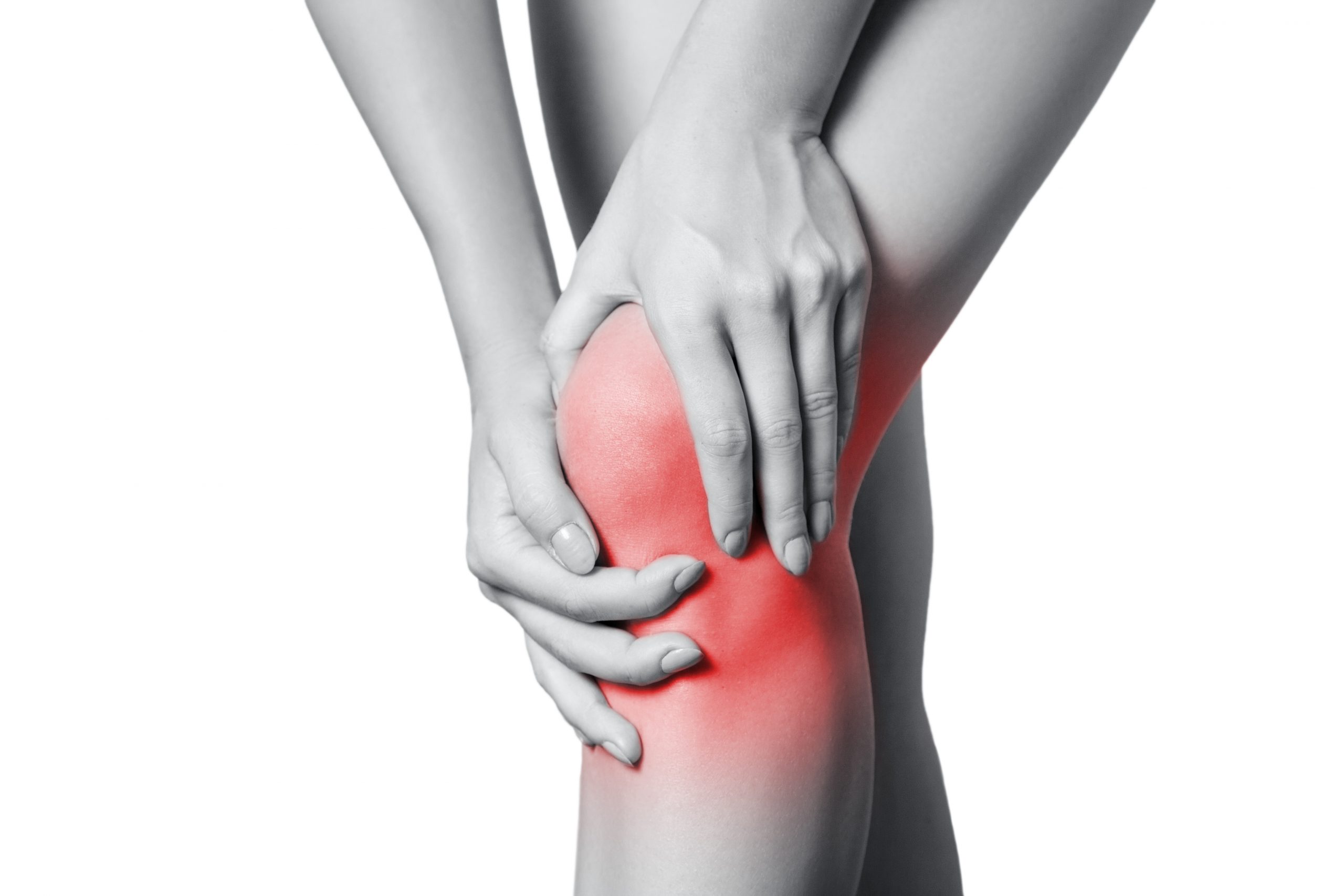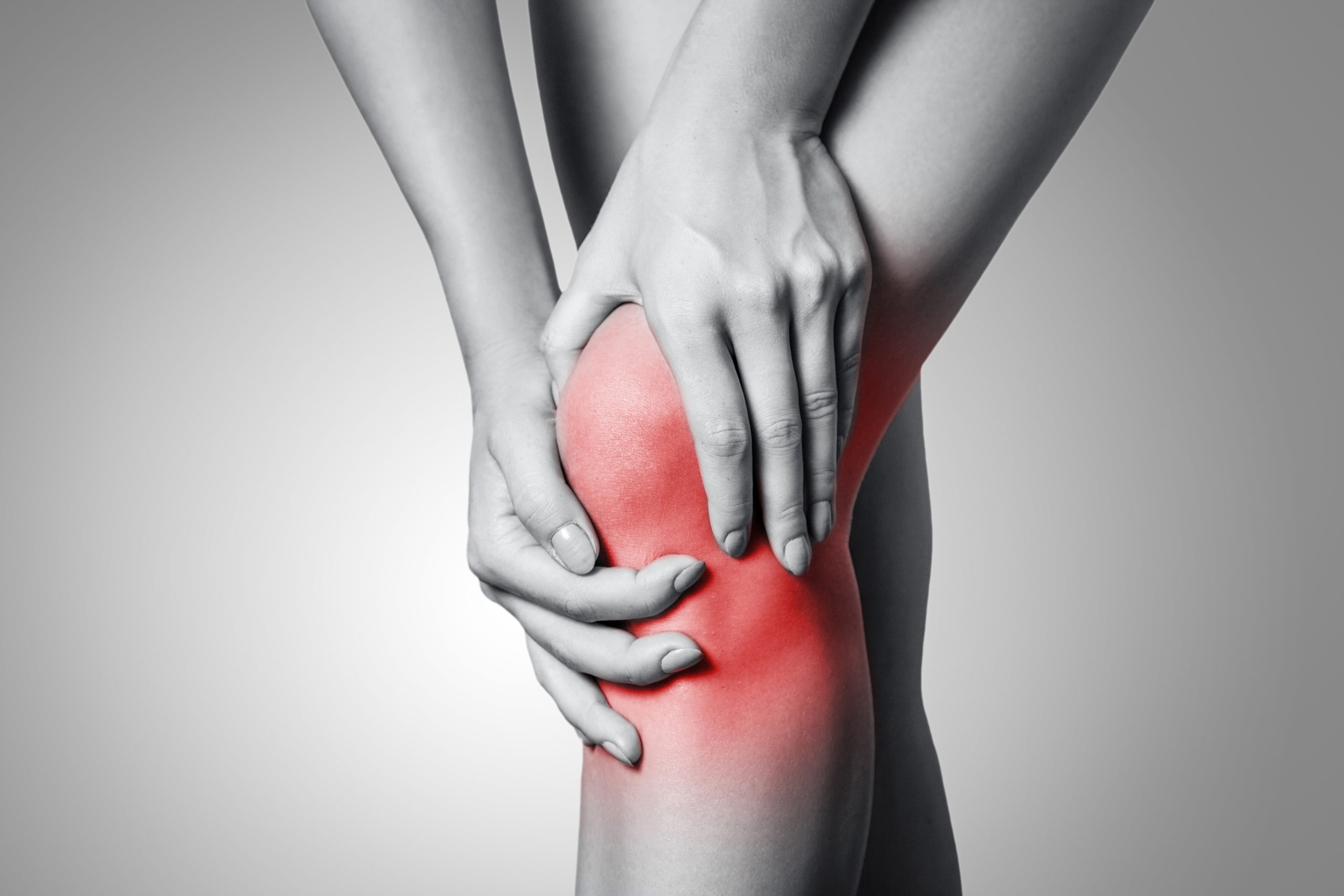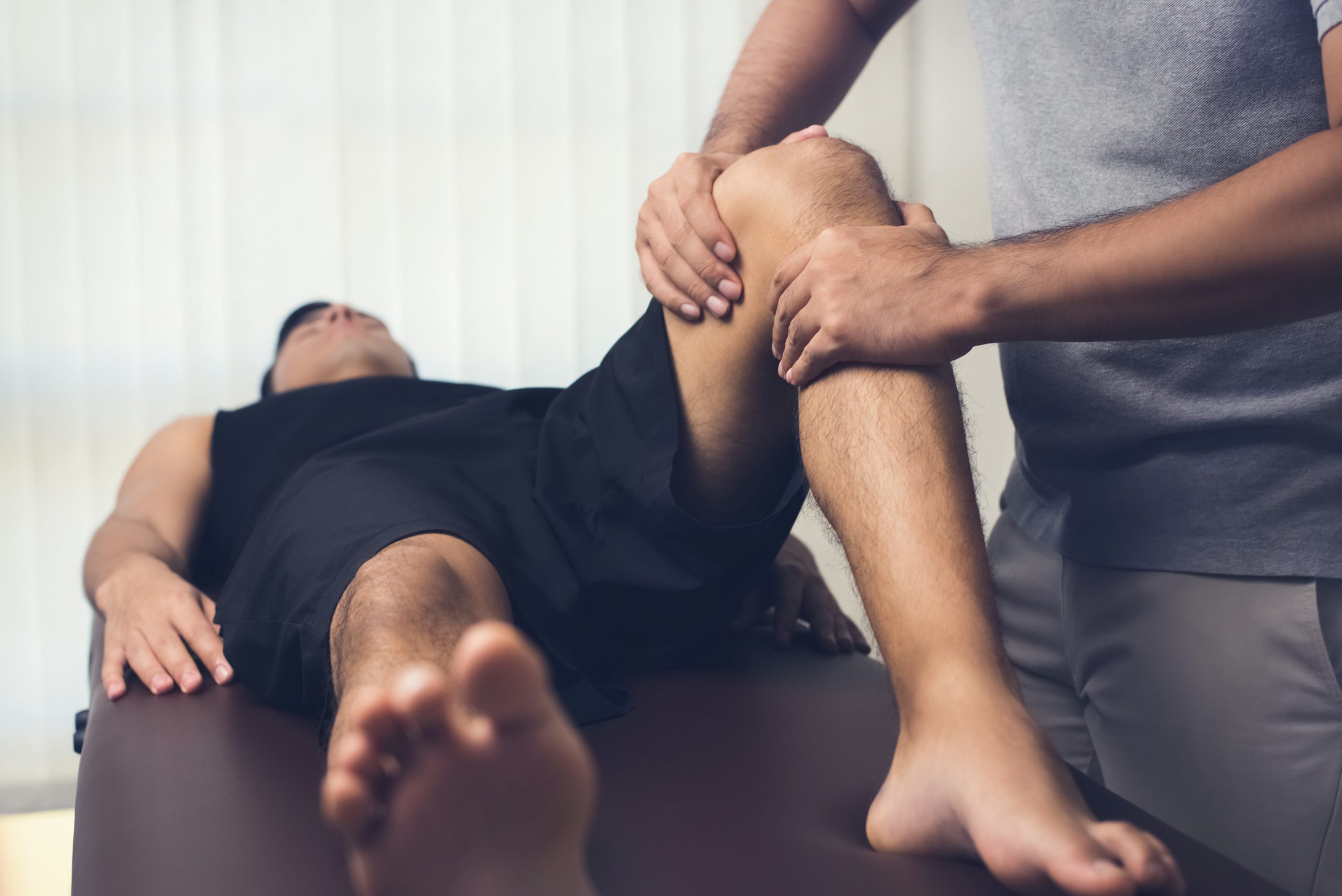Many people with joint pain report that changes in the weather can significantly influence their symptoms. While scientific research on the connection between weather and joint pain is still ongoing, anecdotal evidence suggests that certain weather conditions can affect joint discomfort. In this article, we’ll explore the potential impact of weather on joint pain and provide tips for managing symptoms.
- Cold Weather and Joint Pain
Cold weather is commonly associated with increased joint pain for some individuals. Cold temperatures may cause muscles and connective tissues to contract, leading to stiffness and discomfort in the joints. Additionally, barometric pressure changes that often occur during colder months may affect joint fluid pressure, potentially aggravating pain. It’s important to note that not everyone experiences increased joint pain in cold weather, and the severity of symptoms can vary from person to person.
- Humidity and Joint Pain
High humidity levels can also be a trigger for joint pain in some individuals. Increased moisture in the air can affect joint tissues and potentially worsen symptoms. On the other hand, low humidity can contribute to dryness in the joints, leading to stiffness and discomfort. Again, it’s essential to recognize that people respond differently to humidity, and the impact can vary from person to person.
- Barometric Pressure Changes
Barometric pressure refers to the weight of the atmosphere surrounding us. Changes in barometric pressure, often associated with weather changes such as storms, can potentially influence joint pain. Some individuals report increased pain and stiffness before or during a weather change. However, scientific evidence on the direct relationship between barometric pressure and joint pain remains inconclusive.
- Tips for Managing Weather-Related Joint Pain
While we can’t control the weather, there are strategies that may help manage joint pain during different weather conditions:
a. Stay Warm: Dress in layers and keep your joints warm during colder weather. Wearing appropriate clothing and using heating pads or warm compresses can help alleviate stiffness and discomfort.
b. Stay Active: Regular physical activity and gentle exercises can help keep your joints flexible and reduce stiffness. Engage in low-impact exercises such as walking, swimming, or cycling to maintain joint health.
c. Maintain a Healthy Weight: Excess weight places additional stress on the joints, potentially worsening pain. Maintain a healthy weight through a balanced diet and regular exercise to alleviate joint discomfort.
d. Practice Good Posture: Maintaining proper posture helps distribute weight evenly across your joints, reducing strain and potential pain. Be mindful of your posture during various activities, whether sitting, standing, or engaging in physical tasks.
e. Apply Heat or Cold Therapy: Experiment with hot or cold therapy to find what works best for your joints. Some individuals find relief with warm baths or heating pads, while others prefer ice packs or cold compresses. Test different temperatures and durations to determine what provides the most relief for you.
f. Seek Professional Help: If weather-related joint pain becomes chronic or significantly impacts your quality of life, consult a healthcare professional. They can evaluate your condition, provide appropriate treatment options, and offer guidance for managing symptoms.
It’s important to remember that everyone’s experience with weather-related joint pain can vary. Some individuals may find certain weather conditions more problematic, while others may not notice a significant impact. Listening to your body, adopting healthy lifestyle habits, and seeking professional advice when necessary can help manage joint pain effectively.
While further research is needed to fully understand the relationship between weather and joint pain, it’s crucial to focus on overall joint health through proactive self-care, regular exercise, and maintaining a healthy lifestyle.












